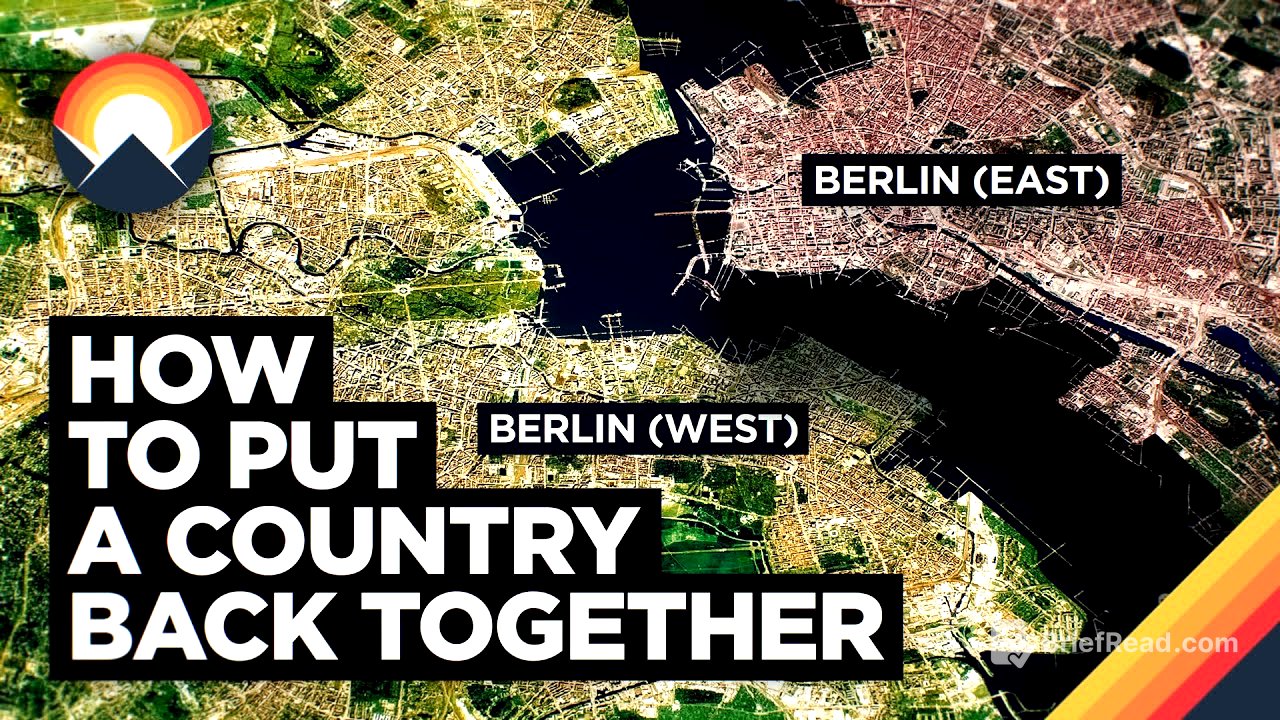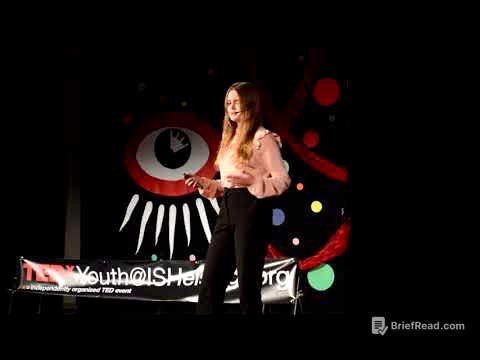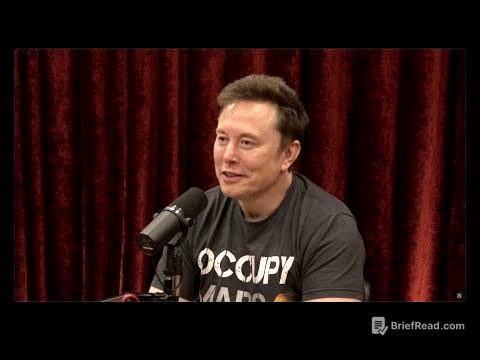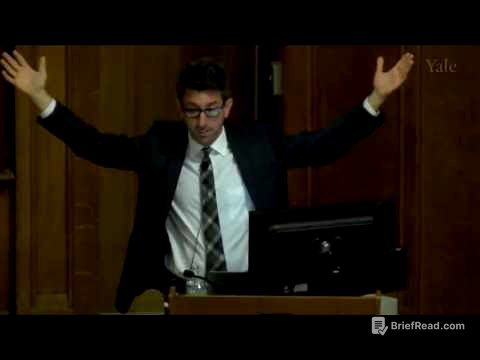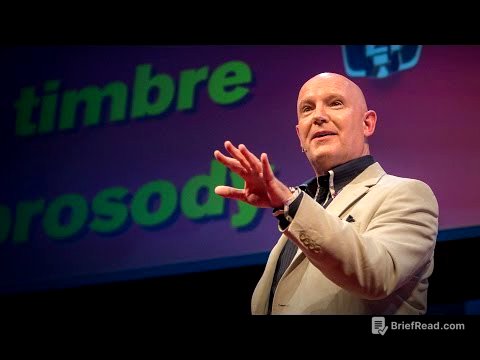TLDR;
This video explores the complex and ongoing process of German reunification following the fall of the Berlin Wall. It highlights the initial challenges of integrating infrastructure, administrative systems, and economies, as well as the deeper cultural and political divides that persist. The video also touches on the economic disparities between East and West Germany, the rise of far-right politics in the East, and the lasting impact of division on German society.
- Initial infrastructure challenges after the wall fell.
- Disparities in economic systems and standards of living.
- Cultural and political divides that persist to this day.
The Immediate Aftermath of the Wall's Fall [0:00]
The unexpected opening of the Berlin Wall led to a surge in cross-border travel, requiring rapid adjustments to infrastructure. Sections of the wall were dismantled to create new checkpoints. Berlin's subway system, once painstakingly divided, offered a unique opportunity for reconnection. Lines like U6 and U8, which ran through East Berlin without stopping, were quickly reopened, with Jannowitzbrücke station being the first to reconnect the two sides. Other lines, like U2, required more extensive reconstruction due to prior alterations.
Reunifying National Infrastructure [4:48]
The challenges in Berlin mirrored broader issues across East Germany's infrastructure. The Soviet Union had dismantled and removed significant portions of rail infrastructure as war reparations, leaving East Germany with outdated and inefficient systems. Electrification was non-existent, and most lines were single-track, leading to significant delays. Travel times between major cities like Berlin and Hamburg were far longer than before the war. To address this, massive public spending was allocated to reconstruct East-West rail and highway lines, with projects like the VDE number 9 still ongoing decades later.
Political and Administrative Restructuring [6:57]
Beyond physical infrastructure, reunification required aligning the political and administrative systems of East and West Germany. East Germany's centralised, top-down administrative structure was replaced with a system mirroring West Germany's federal model. The first free and fair elections in East Germany since the 1930s resulted in a coalition government focused on rapid reunification and adopting Western policies. This led to the dismantling of the Stasi and the adoption of the Deutsch Mark. On 3 October 1990, East Germany was effectively absorbed into West Germany.
Overhauling East German Administration [9:17]
The administrative overhaul involved dismantling East Germany's districts and re-establishing former states with more autonomy. New courts and ministerial offices were established, often in repurposed buildings due to time and budget constraints. Staffing was a major challenge, as many East German government employees were deemed unqualified due to party loyalty over competence and ties to the Stasi. Extensive scrutiny and cuts were implemented to reduce the bloated bureaucracy, with the number of state employees decreasing significantly by 1999.
Economic Disparities and Restructuring [13:09]
The most significant difference between East and West Germany was their economic systems. West Germany had experienced an economic miracle, while East Germany's economy stagnated. Upon reunification, East German companies struggled to compete in the free market, leading to mass unemployment and a collapse in industrial production. The unified government implemented a wealth transfer program from West to East to stimulate employment and industry, but inefficiencies and misdirected investments led to limited success.
Cultural and Political Consequences [15:56]
Beyond infrastructure and economics, reunification posed cultural challenges. East Germans had to adapt to a new way of life with greater freedom, but also faced economic disparities and a sense of being left behind. This has led to dissatisfaction and disillusionment, with many East Germans feeling like second-class citizens. Academics link this sentiment to the rise of far-right politics in former East Germany, fueled by economic anxieties and anti-immigrant sentiment. Voting patterns reveal a clear divide along the former inner German border, highlighting the lasting cultural and political scars of division.
VPN Advertisement [19:19]
The video includes an advertisement for NordVPN, highlighting its uses for secure internet browsing, accessing geo-restricted content, and protecting data on public Wi-Fi.
